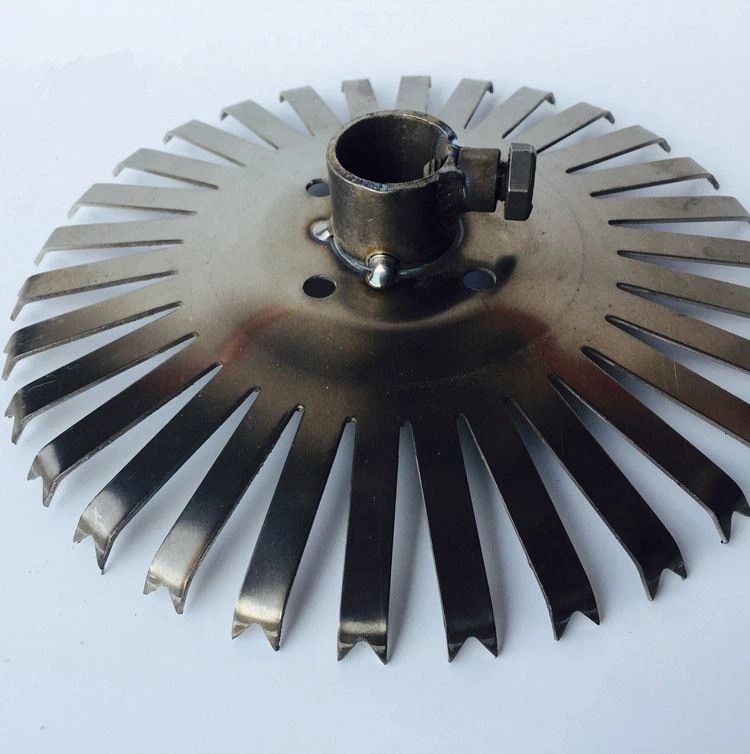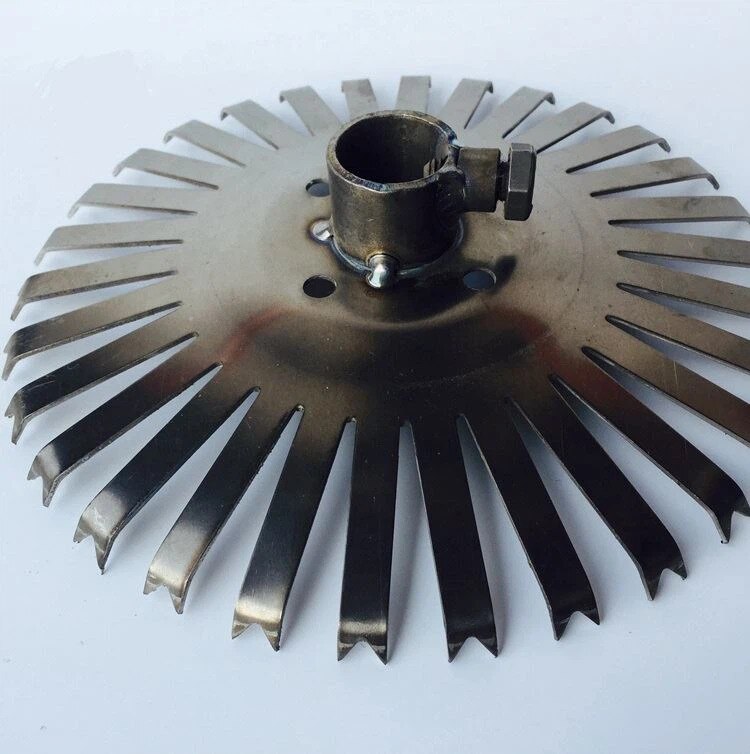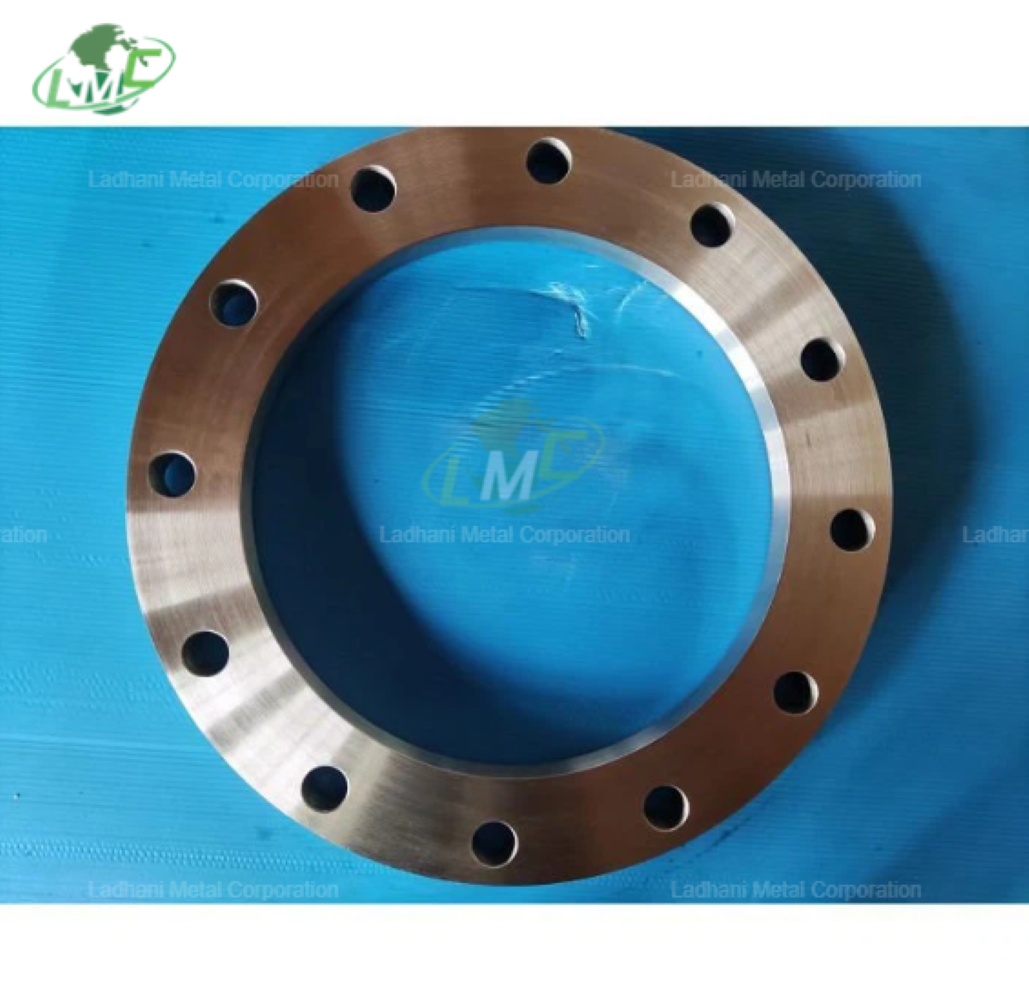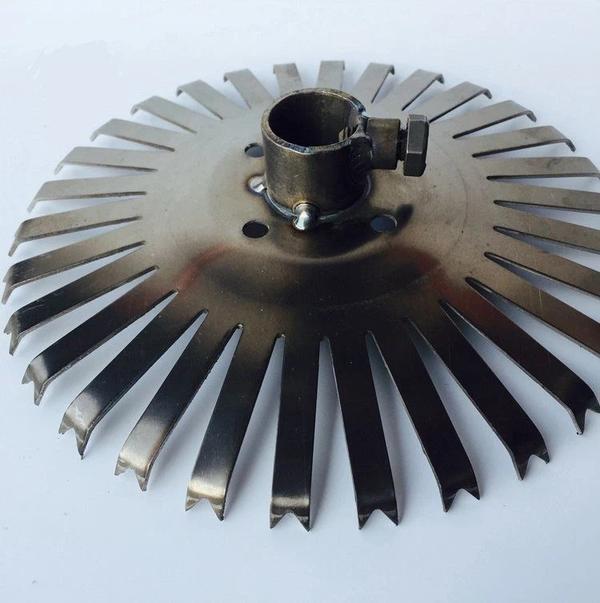Stainless Steel Flanges
DIN 2573 Stainless Steel Flanges PN 6 are precision-manufactured flat flanges made from high-grade stainless steel, designed for low-pressure applications across a broad range of industrial sectors. Compliant with DIN 2573 standards, these flanges provide excellent corrosion resistance, mechanical reliability, and compatibility with standard piping systems. They are commonly used in non-critical, low-pressure environments in industries such as water treatment, HVAC, food processing, and general utility piping systems.
Ladhani Metal Corporation is a reputable manufacturer and exporter of stainless steel flanges, offering components that adhere to international quality benchmarks. The flat flange design simplifies assembly and disassembly, making these flanges a practical choice for systems requiring easy maintenance and reliable sealing at lower pressure ranges.
Pressure Rating:
• PN 6 (6 bar / 87 psi): Engineered for low-pressure systems where moderate sealing performance and corrosion resistance are essential.
Flange Types:
• Plate Flanges
Used in low-pressure piping systems for simple bolted connections with gaskets.
• Flat Face (FF) Flanges
Ideal for use with cast iron equipment or non-metallic gaskets to ensure uniform surface contact.
• Slip-On Flanges
Designed for ease of installation by sliding over the pipe and welding both sides for moderate sealing.
• Custom-Machined Flanges
Available in specific dimensions and stainless steel grades as per customer specifications and operational requirements.
Stainless Steel Grades and Composition:
1. 304 (Austenitic Stainless Steel)
Composition:
• Carbon (C): ≤ 0.08%
• Manganese (Mn): ≤ 2.00%
• Phosphorus (P): ≤ 0.045%
• Sulfur (S): ≤ 0.030%
• Silicon (Si): ≤ 1.00%
• Chromium (Cr): 18.0 – 20.0%
• Nickel (Ni): 8.0 – 11.0%
Applications:
Used in water supply lines, food-grade piping, and low-pressure process lines due to its hygienic properties and corrosion resistance.
2. 316 (Molybdenum-Alloyed Stainless Steel)
Composition:
• Carbon (C): ≤ 0.08%
• Manganese (Mn): ≤ 2.00%
• Phosphorus (P): ≤ 0.045%
• Sulfur (S): ≤ 0.030%
• Silicon (Si): ≤ 1.00%
• Chromium (Cr): 16.0 – 18.0%
• Nickel (Ni): 10.0 – 14.0%
• Molybdenum (Mo): 2.0 – 3.0%
Applications:
Suited for mildly corrosive environments including water filtration systems and food-grade tanks.
3. 321 (Titanium-Stabilized Stainless Steel)
Composition:
• Carbon (C): ≤ 0.08%
• Manganese (Mn): ≤ 2.00%
• Phosphorus (P): ≤ 0.045%
• Sulfur (S): ≤ 0.030%
• Silicon (Si): ≤ 1.00%
• Chromium (Cr): 17.0 – 19.0%
• Nickel (Ni): 9.0 – 12.0%
• Titanium (Ti): ≥ 5x(C+N)
Applications:
Applicable in moderately high temperatures or where intergranular corrosion resistance is important, such as thermal pipelines and heating systems.
Applications of DIN 2573 Stainless Steel Flanges:
• Water Distribution and Treatment Systems:
Used in potable and waste water systems, ensuring non-reactive and rust-resistant performance.
• HVAC and Building Installations:
Employed in air ducts, chilled water lines, and other HVAC components where low-pressure performance is sufficient.
• Food and Beverage Processing:
Chosen for hygienic piping setups in non-pressurized fluid transfer applications.
• Industrial Utility Lines:
Integrated into auxiliary piping systems for lubricants, cooling water, and drainage.
• Agricultural and Irrigation Systems:
Used in low-pressure pumping and irrigation lines due to their corrosion resistance and ease of installation.
Key Features:
• Manufactured in compliance with DIN 2573 standard
• PN 6 pressure rating suitable for non-critical systems
• Excellent corrosion resistance with hygienic surface options
• Flat and slip-on configurations for simplified assembly
• Available in 304, 316, 321, and other stainless steel grades
Conclusion:
DIN 2573 Stainless Steel Flanges PN 6 by Ladhani Metal Corporation offer a cost-effective and reliable solution for low-pressure applications. Their corrosion-resistant material, ease of installation, and compliance with international standards make them ideal for various general-purpose industrial systems. For tailored configurations, specific material grades, or technical support, contact Ladhani Metal Corporation.
Send
Message




